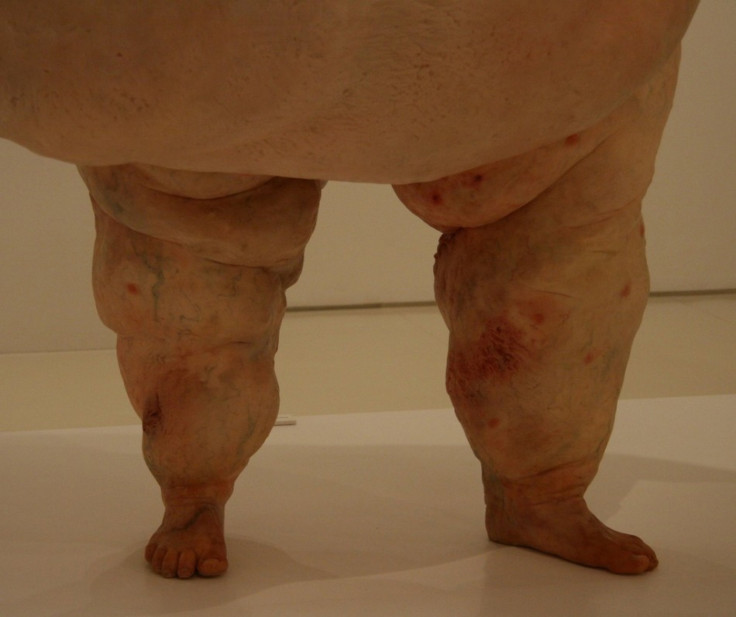Forget Lasers and Surgery, 10 Ways to Prevent Varicose Veins

Recent research says laser therapy and standard surgery are equally effective in treating varicose veins, but how can you prevent them from forming in the first place?
Varicose veins are quite common, boldly-colored veins often present in the thighs, calves and insides of the leg.
According to statistics, varicose veins affect anywhere from five to 30 percent of older adults. Including spider veins, a less severe form of varicose veins, nearly half of people ages 50 and older are affected by some sort of vein problem.
Varicose veins are caused by old age, hormonal changes, obesity, lack of movement or sub exposure. While rarely a serious health problem, varicose veins are often uncomfortable, causing swelling, cramping, pain, itchiness or restless legs.
Often times, varicose veins are treated by exercise, weight loss or compression stockings to ease pain. In more serious cases, surgery (high ligation and saphenous vein stripping) or laser treatments (endovenous laser ablation) are procedures used to treat varicose veins.
According to a report published in the Sept. 19 issue of Archives of Dermatology, both surgery and laser treatments were equally effective. Findings showed 16 percent of patients who received laser treatment developed new varicose veins in comparison to the 23 percent of surgery patients who developed the condition afterwards.
Researchers from the Saarland University Hospital in Homburg, Germany who conducted the study concluded both methods were equally effective for the treatment of varicose veins.
However, some cases of varicose veins can be prevented through conventional means, eliminating the need for surgery or laser treatment.
Here are 10 ways to prevent varicose veins from forming initially:
1. Use sunscreen always, even in the winter.
2. Exercise regularly to improve circulation and strength.
3. Don't cross legs when sitting for long periods of time.
4. When resting, elevate legs.
5. Do not stand or sit for long periods of time. When standing, shift weight frequently. When sitting, take walks every 30 minutes.
6. Do not wear tight clothing, especially pants which can constrict the legs.
7. Do not wear high heels for extended periods.
8. Avoid salty foods, which can lead to swelling.
9. Eat tons of fiber, as constipation can cause varicose veins.
10. Maintain a healthy weight, since obesity can apply too much pressure on legs.
© Copyright IBTimes 2024. All rights reserved.






















